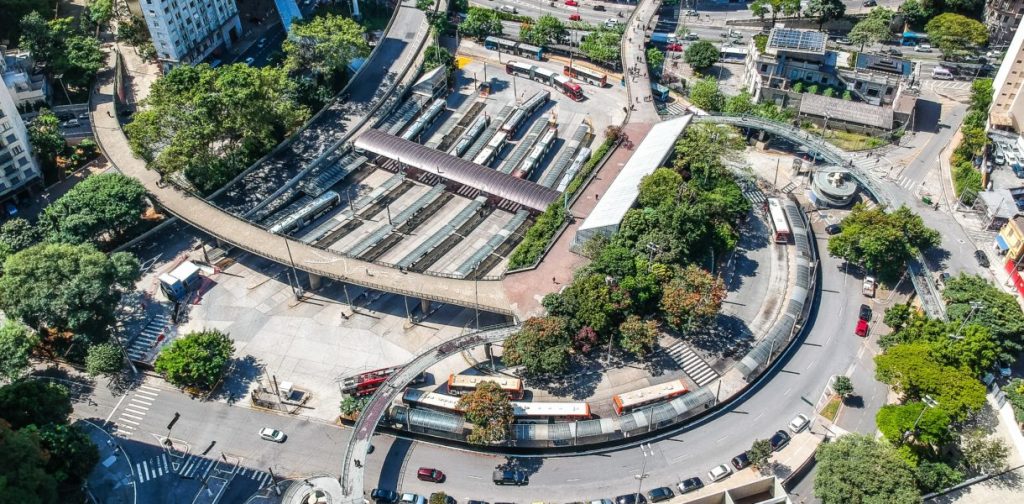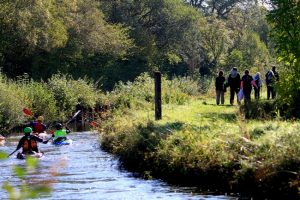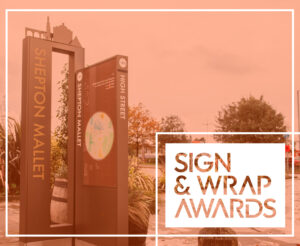Wayfinding is about so much more than signs and directions. While these are a large part of what we do, wayfinding is about the overall experience of a space as much as it’s about the specific navigation and orientation of it. It’s how people view, perceive, and enjoy the area they’re in.
How people move around a city will directly inform their understanding of it. In this sense, wayfinding becomes a way to reimagine built environments, encouraging visitors and inhabitants to find new ways to experience and view their surroundings.
Our Mission
At Placemarque, our core mission is to help define, design, and reinforce the identity of spaces. To bring people and places closer together through wayfinding, environmental graphics, and the expression of a location’s identity.
For us, it’s the key to conveying a sense of discovery. The idea that there’s more to any location than meets the eye. And encouraging people to discover new things about the spaces they frequent.
Wayfinding should uncover a place’s character and history as well as communicate the information required to move around with a sense of purpose. Sure, you know how to get from the train station to the high street, but what will you learn about the city through this journey?
Our combined skills of architecture, urban design, and information design give us a unique insight when creating effective and innovative wayfinding solutions. Ones that reflect the nature of a city or space while also communicating its urban design values.
Legible Cities
The notion of legible cities stems from a desire to inject humanity back into the urban sphere.
Rather than focusing on smart cities as combining innovative infrastructure and the more operational aspects of urban management alone, it’s about incorporating so much more, according to Eli Kuslansky. They said:
“[…] The missing dimension to the smart city’s hard infrastructure is the soft infrastructure of knowledge-sharing, human and social capital, and new forms of community and cultural engagement.”
“[…] The true promise of legible cities, and in many cases the key to the success of a smart city, is when you add the humanistic dimensions of people’s experience, the knowledge and rich culture of museums, libraries, and educational institutions, to curated journeys. This makes for a more livable, innovative, and connected city”.
Cities should be an amalgamation of people and place, structure and life. Legible cities are those that are easy to ‘read’. Walking down the street, visitors get a feel for not only where they are and where they’re going but are informed on the city’s past and shown alternative journeys to take.
Starting from Scratch
Or sometimes we will start with a blank sheet of paper.
Working with multidisciplinary teams – including landscape architects and urban designers – we can help create entirely new places for people to live. The wayfinding experience is fundamental to the urban experience. And by carefully developing navigation principles, arrival points, gateways, routes, destinations, and strategic principles, we can create a framework for wayfinding that will go on to inform the future design of a space.
We look at different types of users, modes of travel, what visitors will want to do, and where they will want to go. Character areas can be defined, thresholds identified, and gateways highlighted, with our wayfinding efforts simply reinforcing the connectivity of the public realm.
So, wayfinding isn’t really about signs at all. Rather, these bring a focus to the wayfinding experience, helping to establish the principles that embed a place’s character, value, and essence in the way it’s experienced, developed, or designed.
At Placemarque, we’re passionate about how places and people interact and inform one another. If you would like to discuss your own wayfinding needs or have any questions about our services, call us today on 0161 241 3174




